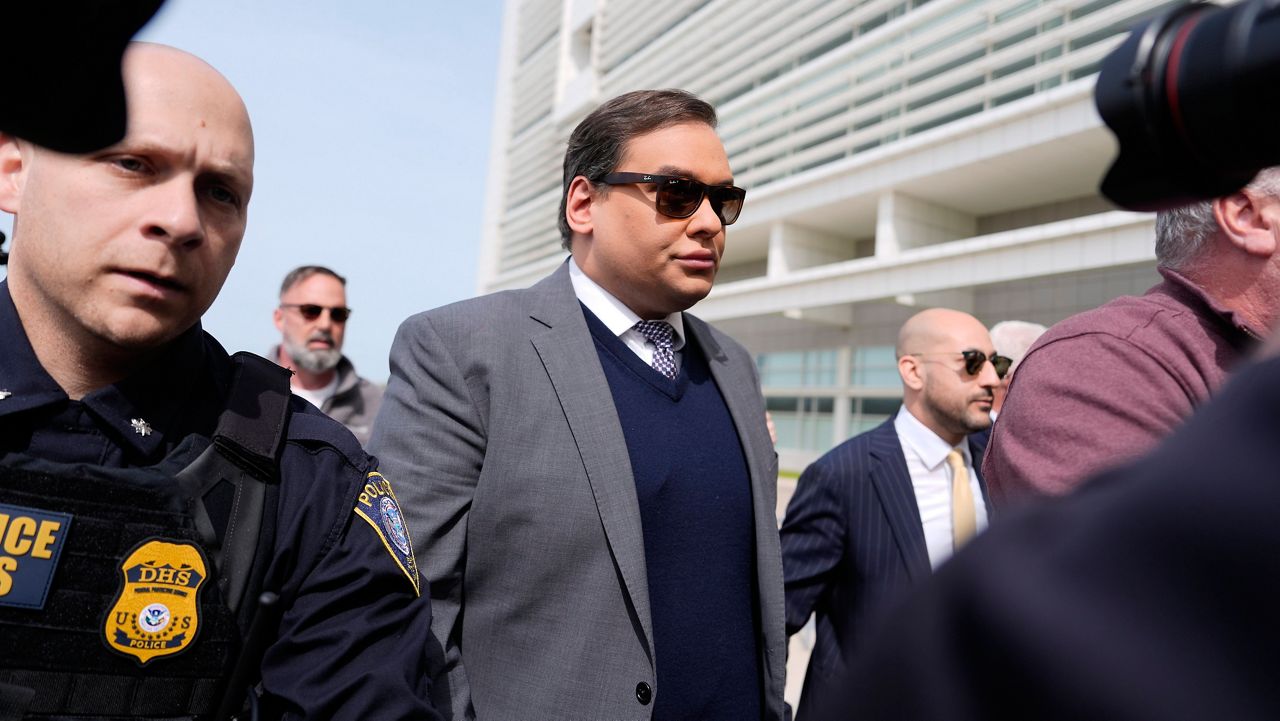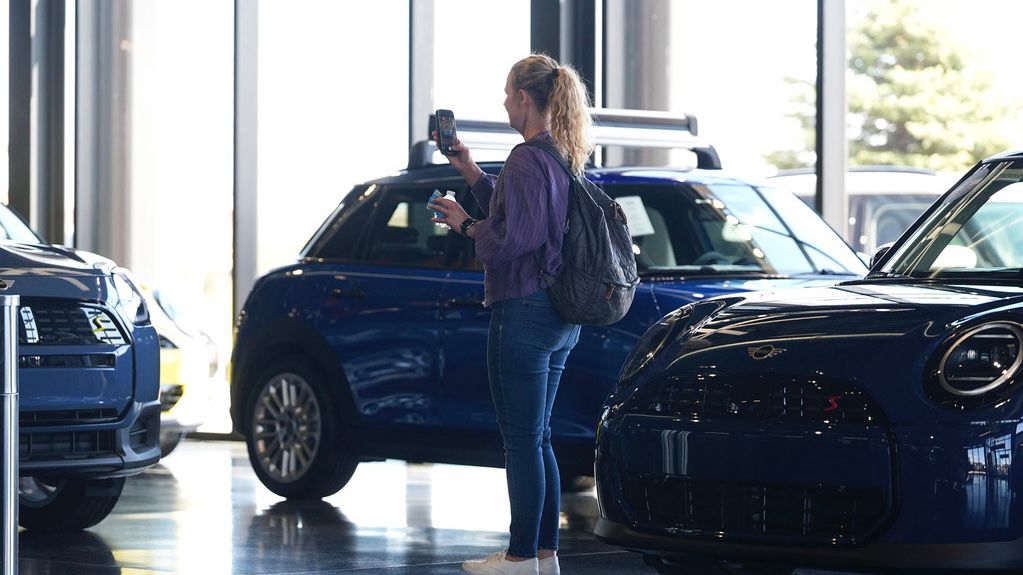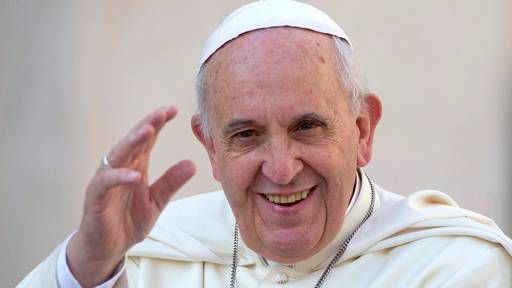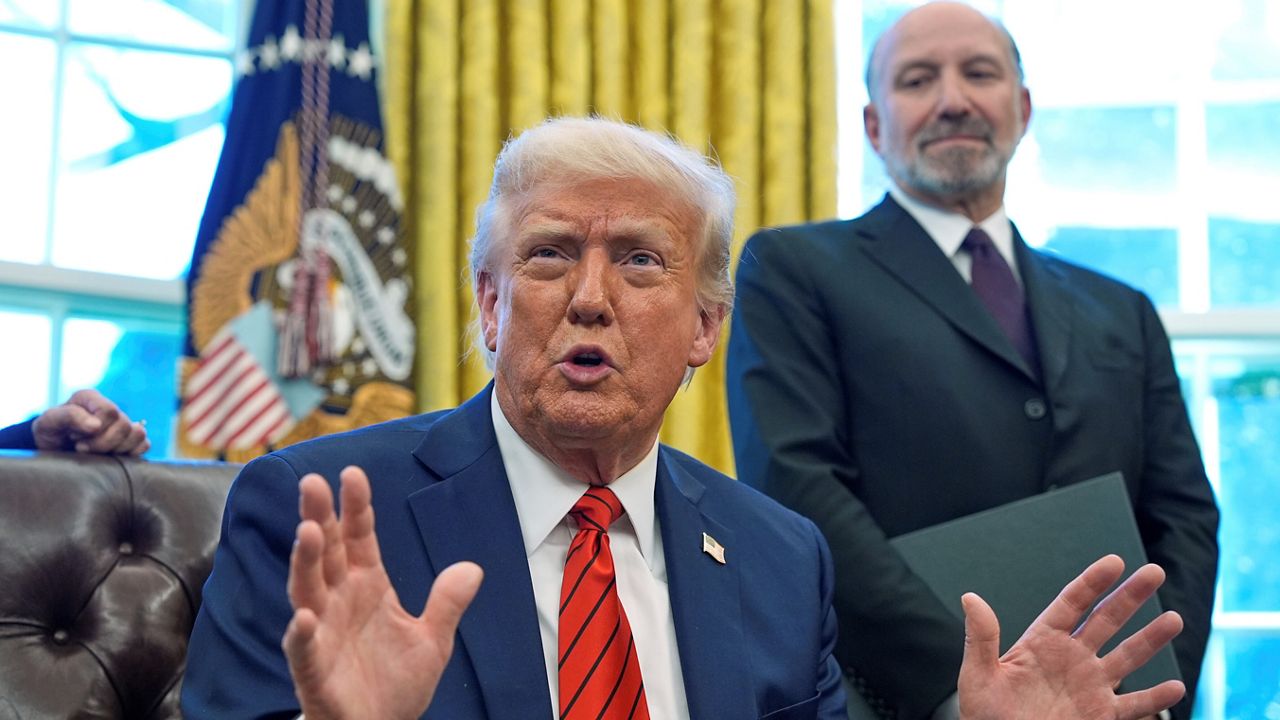LOS ANGELES — Playing baseball is one of 12-year-old Anthony Mosqueda’s favorite things to do.
He’s been playing the sport since he was three years old, but a few months ago, while training with his traveling baseball team, he felt symptoms he couldn’t control.
What You Need To Know
- While pediatric strokes are rare, it is also one of the top 10 causes of death in children, according to the American Stroke Association
- Dr. Sangha said each Kaiser Permanente hospital has four telestroke carts with specialists on standby for emergencies
- “It allows our family members to beam in as well to see their family member if they are not able to get to the emergency room quickly and so it really allows us to better understand if these are the patient’s baseline deficits or maybe they are having new symptoms,” Dr. Sangha said
“The running I was fine and then when I was doing floor exercises is when I couldn’t feel my arm or my leg,” Mosqueda said.
He’s on his path to recovery playing catch with his mom, but it’s only because his coach made a quick call to 911 after seeing “F.A.S.T” stroke symptoms, which are face drooping, arm weakness, speech difficulty and lastly, time to call 911.
After that call, Mosqueda was seen, diagnosed and transported by Kaiser Permanente Medical Center Ontario to Kaiser Permanente Medical Center Fontana in about 40 minutes for a stroke and brain blood clot surgery.
“I haven’t really played catch with them since the stroke because I can’t really open or close my hand like where I can do it easily. But, I feel like I’m doing better,” he said.
While pediatric strokes are rare, it is also one of the top 10 causes of death in children, according to the American Stroke Association.
Dr. Navdeep Sangha, a vascular neurologist and the credits Kaiser Permanente Medical Center’s team for acting fast and using a telestroke cart, that allows doctors to diagnose and treat patients through telemedicine.
Dr. Sangha said each Kaiser Permanente hospital has four telestroke carts with specialists on standby for emergencies.
“It allows our family members to beam in as well to see their family member if they are not able to get to the emergency room quickly and so it really allows us to better understand if these are the patient’s baseline deficits or maybe they are having new symptoms,” Dr. Sangha said. “It really allows the interaction between the physician, the patient and the family to provide the best care.”
For Mosqueda’s mom Elsie Romero, she said she’s grateful to see her son recover.
“He does have a post-stroke hand. But it could have been a lot worse,” Romero said. “My son is able to eat, speak. His personality is the same. He’s a normal teenager. You would never have thought he had a stroke unless you see his symptoms. I’m grateful that he is recovering, and that he got the treatment that he did.”
In the meantime, Mosqueda is working hard in physical therapy with his eye on the future.
“I’ll hopefully go division one in college, try to get a scholarship and hopefully make it to the MLB one day,” he said.





